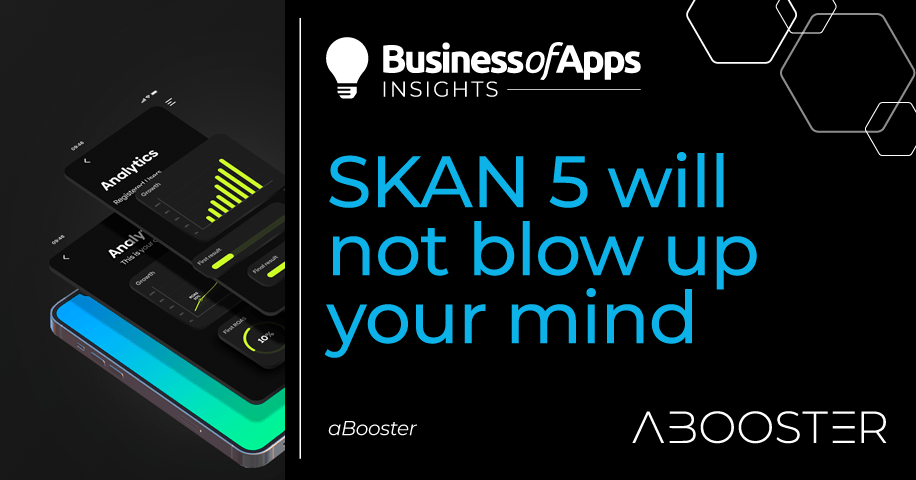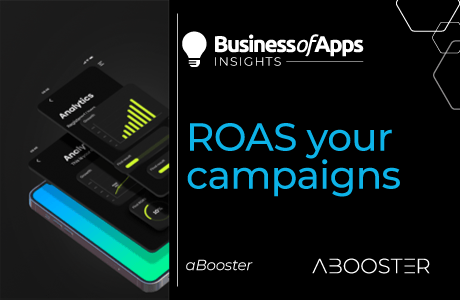We are on the verge of introducing the next iteration of SKAdNetwork – SKAN 5. Wait, what? We just had dozens of articles and guidelines to implement SKAN 4, which was a big change in terms of mobile attribution for iOS. Creating new SKAN possibilities will again involve the time of many departments if we want to make it right. What to expect then in the following months?
Take a step back and fully understand SKAN 4
We have had SKAN 4 for some time now. When we talk to apps from different verticals, none of them had SKAN 4 configured properly. So we looked deeper into the data. Is it related to specific markets or verticals? It turns out that not even 1% of iOS installs are going through SKAdNetwork.
Okay, so it turns out nobody truly uses SKAN 4 capabilities. This impacts the conversions you see on the MMP end. Without conversions models mobile apps rely only on ATT data. According to Statista, we have not topped 25% in 2022 with ATT adoption. That means we lose information from 3 out of 4 installs in our app.
Do we need to prepare for SKAN 5?
No, SKAN 5 will have an incremental change to the privacy logic by including re-engagement traffic. Previously, we could only see app installs. It is, of course, a huge leap. According to AppsFlyer Marketing Benchmark, 80% of conversions in the US for eCommerce apps came through re-engagement. That will become a visible pool in your reports (provided that the re-engagement came from a SKAN install).
“In addition to measuring conversions after a user downloads your app, you’ll also be able to measure conversions after a user opens your app by tapping on an ad.” – Apple, WWDC 2023
Most of the MMPs on the market can convert your current SKAN configuration to the new version.
Your next to-do: spend some time with SKAN conversions
One day we will switch to SKAN 5 and think about the additional data that will be injected into our performance metrics. But until we get to that point, we need to truly invest time in configuring the current standard – SKAN 4.
You can find various resources to make configuring SKAN 4 simple. Yes, we agree, but this only relates to the part when we setup the conversions in our analytics tool. The part that takes more time is figuring out how to handle conversions, according to SKAN 4 rules.
In the gaming category, we have a straightforward situation. Most of the games know their user cycle from install to purchase, and it mostly keeps a constant value. This, however, changes in every app category. Longer cycles will be for travel apps, and shorter for eCommerce. Finding a sweet spot for the SKAN conversion window involves marketing, analytics, PIM, and possibly many more departments that can adjust conversions to their suitable windows.
The future of privacy
By design, Apple wants to complete its privacy-centric focus on advertising. With the introduction of SKAN 5, we will have additional features (thankfully will not require dozens of people to figure out) related to security and privacy.
Turn installs into active and engaged customers
Grow in-app revenue and build user loyalty with custom retargeting and churn prediction campaigns from Adikteev.
Get started- Privacy Manifests – this will allow developers to clearly state communication between the app and third-party SDKs.
- Required reasons APIs – Complex APIs that could expose user data will be significantly stripped. Developers will need to provide a reason for each API call and how it relates to user experience.
- SDK signatures – In collaboration with Privacy Manifests, all SDKs that impact user data must be signed.
We also need to remember about Privacy Sandbox for Android. While it is still in beta, we can expect to launch with Android 14 (so just around the corner!). The knowledge and experience you will get from setting up the SKAN will be a great value for properly understanding new privacy rules for Android.
You can here more about SKAN 4 and SKAN 5 in the latest episode of The Mobile Pubcast podcast.











